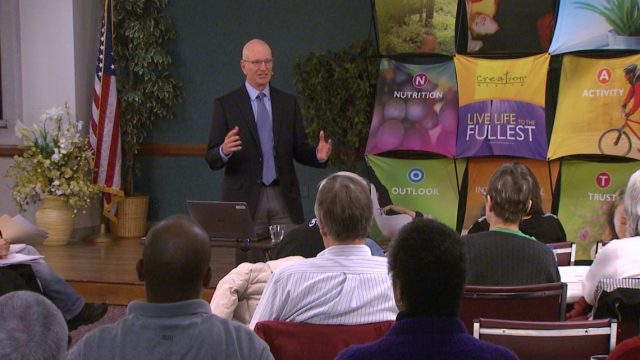Initiative will include home and telehealth visits to help mothers-to-be to quit.

Loma Linda University Health (LLUH) is launching the Smoke-Free HOPE initiative, a smoking cessation program for pregnant women in San Bernardino County in California, United States, that was developed in response to recent research on pregnant smokers published by Loma Linda University.
This new program will largely rely on community health workers conducting home visits and telehealth visits with the goal of helping participants stop smoking and also working to create smoke-free homes for those women. The program lasts for eight weeks.
Smoke-Free HOPE designers are expecting even higher smoking cessation rates compared to previous programs.
LLUH designed and operated the Comprehensive Tobacco Treatment Program from 2012 to 2019, which leaders said was successful. The state-funded program involved a one-hour class or one-on-one sessions in various community settings each week for six or eight weeks. But while that program achieved a 40 percent long-term cessation rate for participants, one drawback was the central classroom location in Loma Linda, far from the homes of many participants in the high desert or other rural areas.
Researchers also found the cessation rates among Black, Native American, and rural white women were significantly lower. Researchers thought this was due to a home environment not being conducive to quitting smoking. They released their findings in Maternal and Child Health Journal in 2023.
Since then, smoking cessation advocates at LLUH have worked to build upon their previous mode by designing Smoke-Free HOPE, an approach they believe will lead to even higher cessation outcomes.
“By working with the smoker and their household on an individualized level, we feel we can achieve even higher rates of smoking cessation of pregnant smokers that will help make an even greater impact in reducing this health disparity in our county,” said Pramil Singh, director of the Transdisciplinary Tobacco Research Program at Loma Linda University Cancer Center and a professor at LLU School of Medicine.
While many people know about the dangers of smoking, Singh said, it’s still one of the leading causes of non-accidental death. Smoking is stigmatized, and many smokers now smoke in private. Approximately 70 percent of smokers want to quit, Singh said.
Smoke-free HOPE was created with a grant of US$1 million from the Tobacco-Research Disease Research Program, which is administered by the Research Grants Program Office at the University of California. The grant also includes funds to offer scholarships for several students to assist with the program.
Principal Investigator and associate professor at LLU School of Nursing, Anne Berit Petersen, says the Smoke-Free HOPE program is addressing a critical gap in maternal smoking cessation services in the Inland Empire region in southern California, and the findings from this pilot feasibility study have the potential to create a replicable model for other communities.
Enrollment in Smoke-Free HOPE is available now to pregnant smokers completing prenatal care at LLUH and will be introduced at Riverside University Health System and Oakwood University in Alabama later this year.
The original version of this story was posted on the Loma Linda University Health news site.








